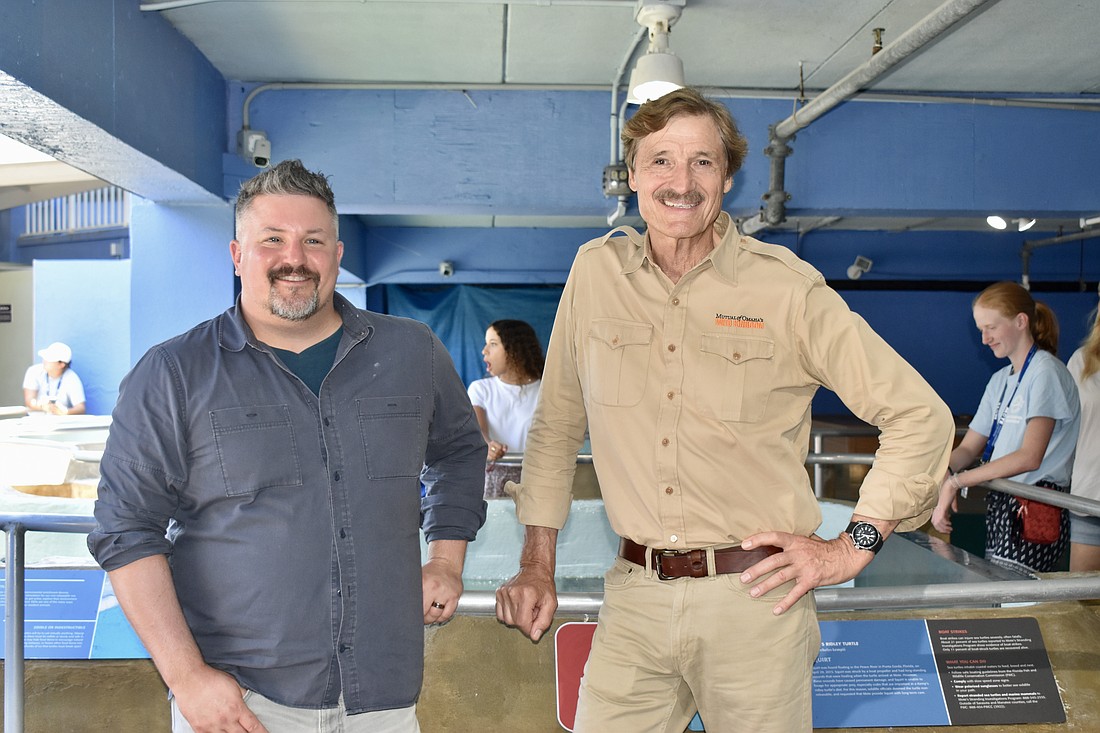- November 22, 2024
-
-
Loading

Loading

The Florida panther population is estimated at over 200 since the 1970s when only 20 to 30 of the big cats remained. The panther’s growth amid Florida’s rapid development is an example of what conservation efforts can accomplish. Preserving and connecting panther habitats, along with posting 60 wildlife crossing signs on their behalf, saved a species.
The first National Wildlife Week was held in April 1938 and takes place from April 3-9 this year. It was designed to celebrate wildlife and get people involved, so the Observer interviewed National Wildlife Federation Naturalist David Mizejewski and Mutual of Omaha’s Wild Kingdom Host Peter Gros by telephone to ask a few questions about conservation and also that giant blob of seaweed lurking offshore.
The blob is scientifically known as Sargassum. Reports have Floridians fearing the worst, but Mizejewski offered a less gloom and doom perspective.
“My educated opinion based on a few articles I’ve read is that it seems like one of those things that might be a little overblown by the media. There’s sort of a grain of truth in there that there might be a little more that’s coming this year,” he said. “It’s actually a really important habitat. It’s almost like a floating coral reef. You’ve got the open water, and the sargassum is floating in this wide band across the surface. There’s nothing else out there, so all sorts of fish and other marine creatures, including baby sea turtles, utilize it.”

The seaweed provides shade and protection from diving predators, and as most Longboat residents already know, only about one in 1,000 sea turtle hatchlings survive.
While panthers live in our state, the sea turtles are under our feet and have also suffered population decline. Gros points straight to this community for another success story.
“We’ve had problems in the past, but thinking about the turtles that migrate to Longboat Key, the numbers are gradually increasing,” he said. “People were disturbing nests, people were confusing them with light — all of these problems that seemed insurmountable but have been managed so well.”
By talking about the successes, the men want to deliver a message of hope and encourage individual involvement. Not sure how to get started? The National Wildlife Federation has a list of ideas on NationalWildlifeWeek.NWF.org.